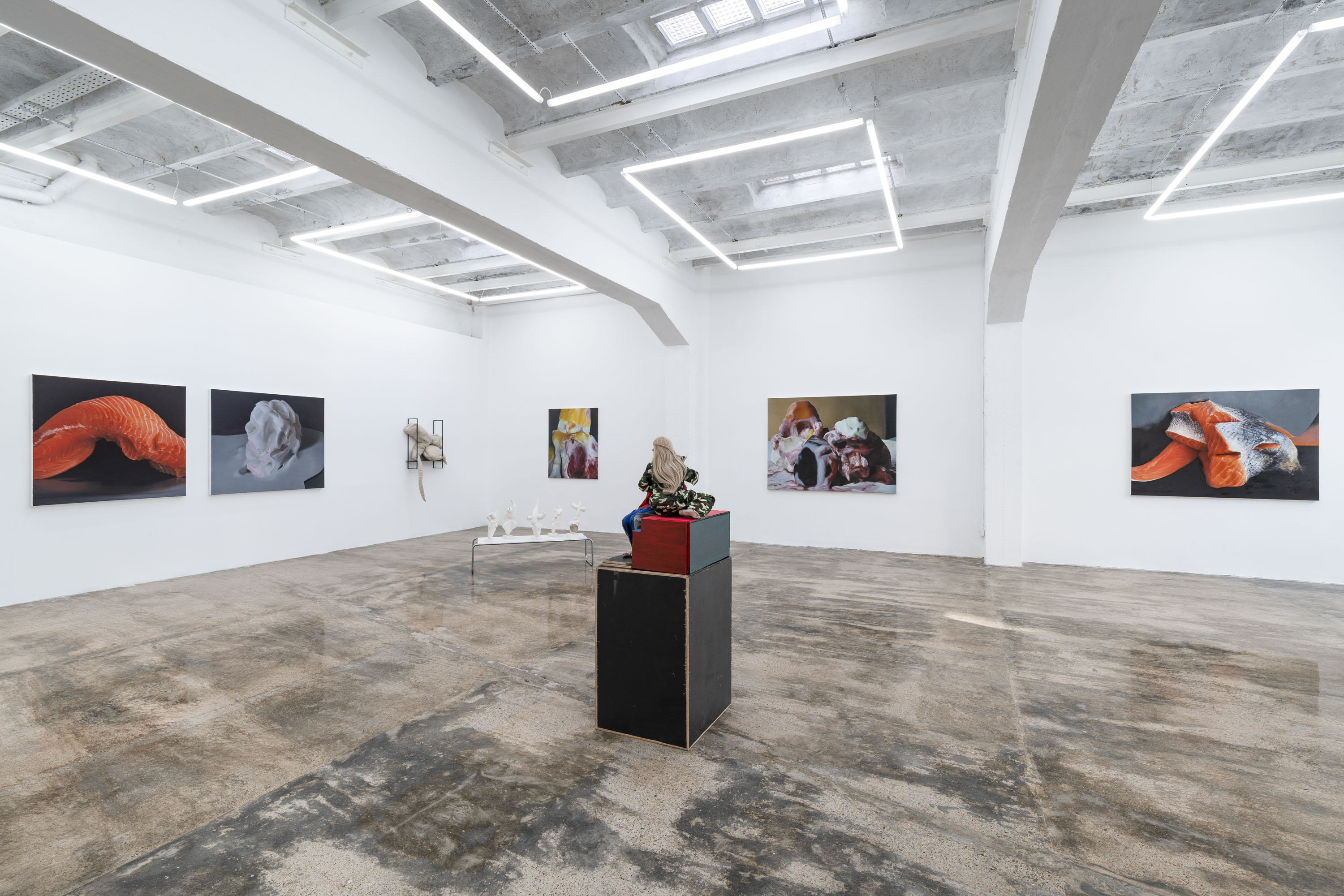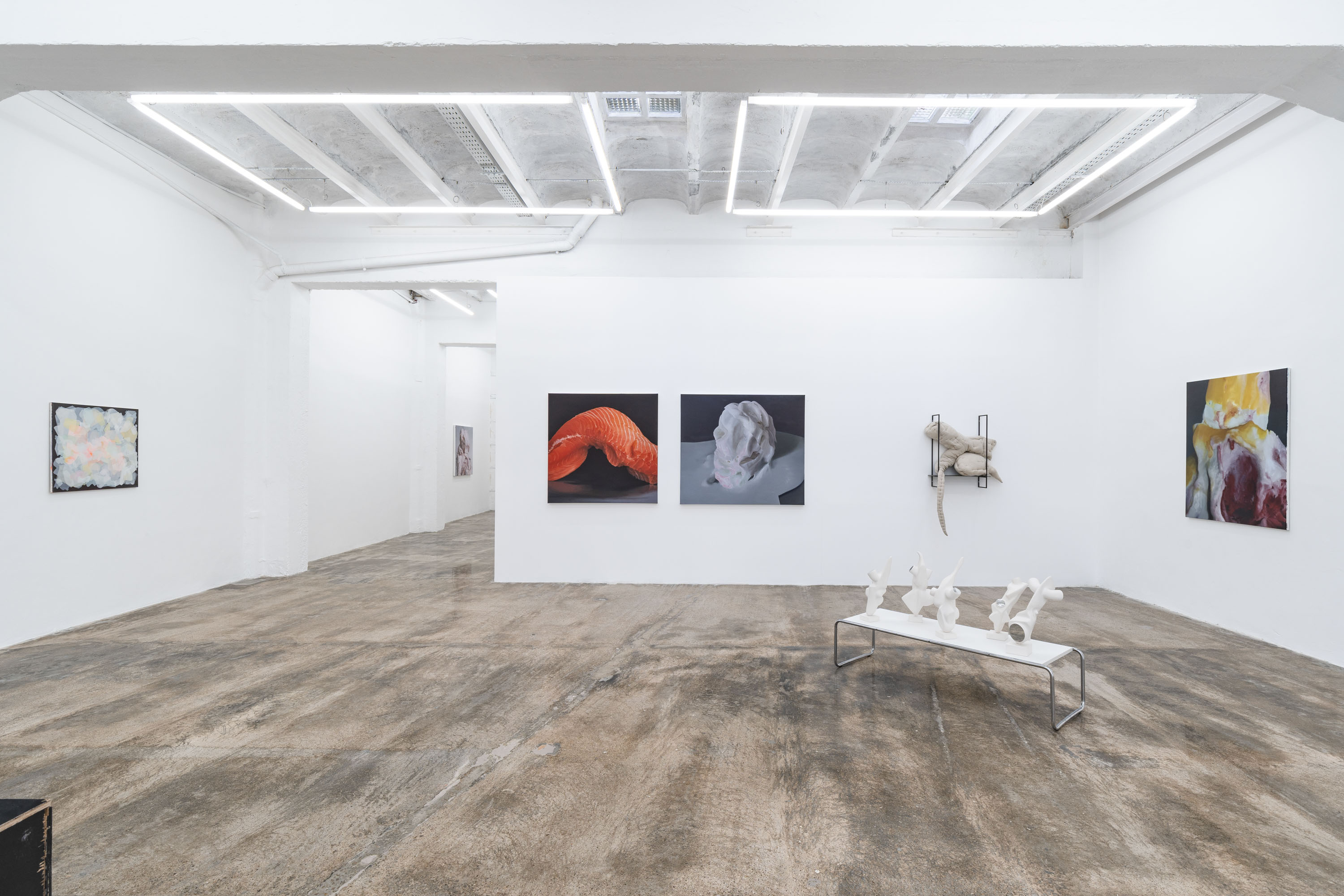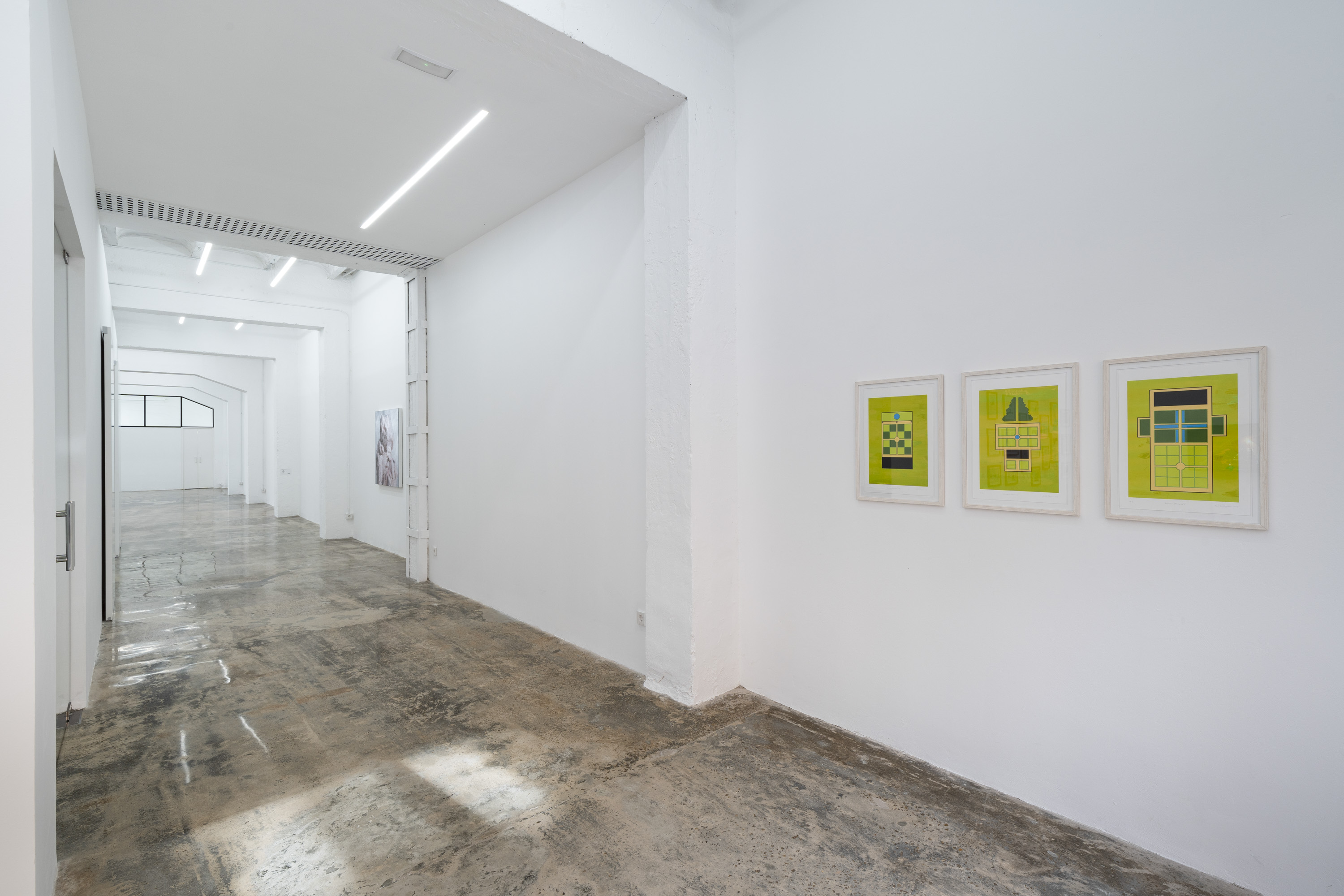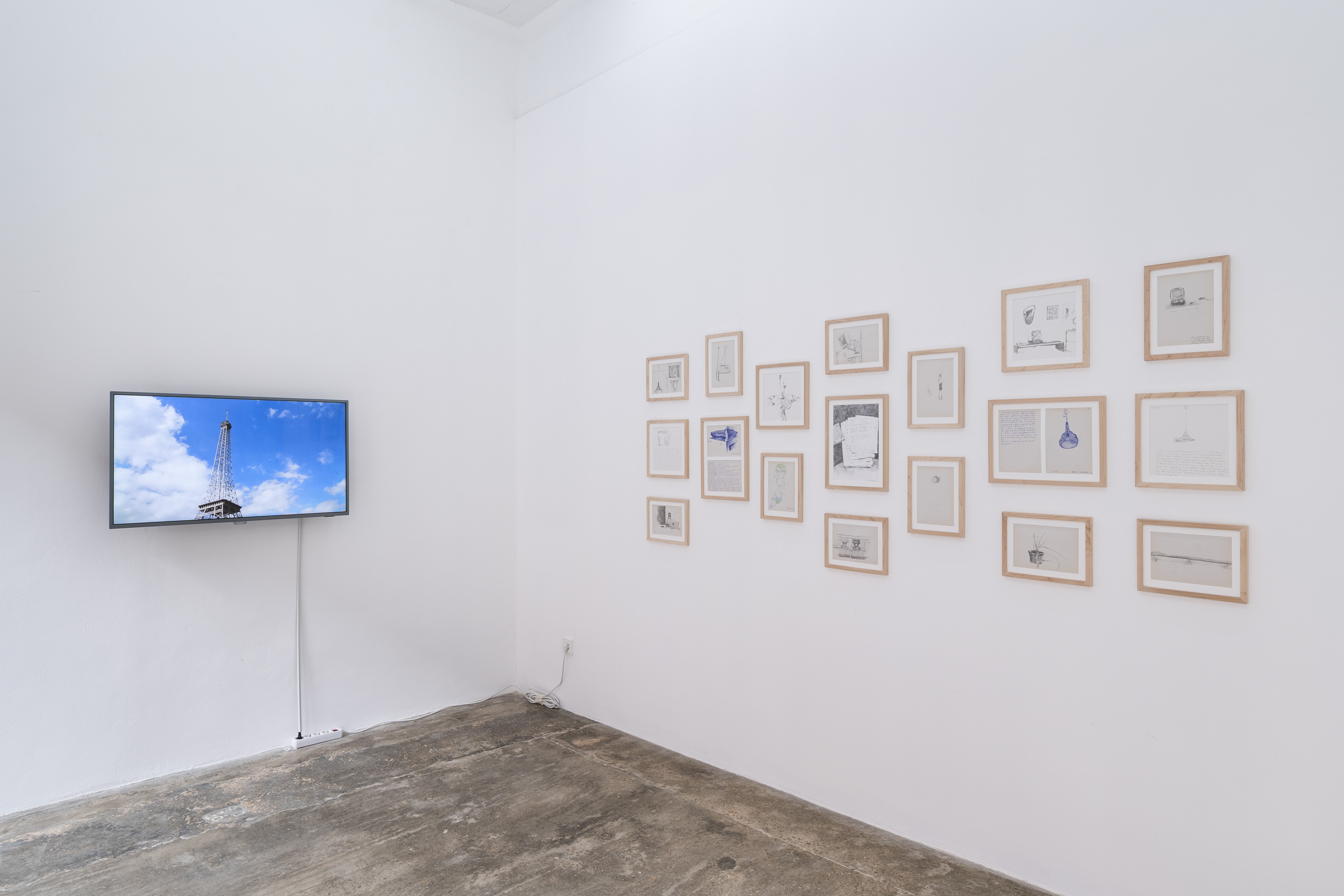True North
03.02 –– 17.03.2023
22.03 –– 30.05.2025 ARCOmadrid 2025
05.03 –– 09.03.2025 UNTITLED Art Fair Miami
04.12 –– 08.10.2024 FAIRY TALES
25.11.24 –– 24.01.25 SWAB ART FAIR 2024
03.10 –– 06.10 2024 GALAXY BALLROOM | NIT DE L'ART
21.09 - 15.11.2024 CAN ART FAIR IBIZA
26.06 - 30.06 2024 Space In Between | Art Palma Summer
06.06 –– 13.09.24 ARCOmadrid 2024
06.03 –– 10.03.24 ET FUGA | Art Palma Brunch
23.03 –– 31.05.24 MIENTRAS TU SUEÑAS
24.11.2023 –– 02.02.2024 SWAB Art Fair Barcelona (5-8 oct)
THE MELEE | NIT DE L'ART
23.09 ––10.11.2023 MALE MALE
23.06 ––15.09.2023 AMARILLO PÚRPURA - Art Palma Brunch 2023
25.03 –– 26.05 2023 TERERÉ
11.11.22 –– 27.01.23 FLOOP
17.09 — 05.11.2022 Here We Go
09.07——02.09.2022
Galería Fermay is pleased to present ‘True North’, a group exhibition curated by Ken Pratt.
‘True North’ started with an image of the Iberian Peninsula on a map. In trying to elaborate ideas that are prevalent in this exhibition, curator Ken Pratt was drawn back to old maps and sea charts, struck by the shape of the peninsula. ‘True North’ is a, a meditation that is impressionistic and intuitive rather than didactic or dialectical, even where its cultural historical guts spill out.
Indeed, ‘True North’ does not offer a linear narrative that specifically and concisely tackle the artworks on display but quite the contrary; it is a speculative show through which the curator reflects on ideas that relate to History (who writes it, how it disseminates and how it is interpreted). Ken Pratt proposes a constellation of ideas and associations; transversal readings that go from History to art, including ideas that refer to religion, gender or war, until reaching the intimacy of the artworks and the biographies of the artists.
With its position in relation to the rest of Europe, almost surrounded by sea, Spain reads as a depiction of a compass on one of these old charts: North, South, East, West.
Most of the historical narratives about Spain’s relationships with the South, East and West are the stuff of school history lessons around the world today, certainly within the Western canon. Yet, save for a few dramatic episodes, its underexplored relationship with “the North’’ reveals equally complex histories.
Much of what shapes the contemporary transhistoricism relating to Spain and these cultures of the North is the focus on struggles for religious supremacy between Catholic and Protestant nations (i.e Spain’s efforts to quell rebellion in the North, to bring burgeoning Protestantism back in line, to renounce heresy in favour of Catholic orthodoxy). In keeping the focus on so-called wars of religion, we forget that historic ties between Spain and the North were not only theological.
There is something lyrical and persistently liminal in the narratives that have survived attempted elision by the shapers of dominant discourses. Many a Calvinist Scottish noble readily married a Spanish bride because her dowry included the prized barrels form Jerez, ideal for aging the best whisky, just as the Spanish elite secured paintings by Netherlandish painters of a Protestant persuasion when they served their aspirations to be the patrons of the most prized articulations of high culture in their day. And, in the case of the Northern peoples who were Celts, in many ways, it has been only the oral tradition that has meant their stories survived given the obscurity of their languages.
In ‘True North’, none of the invited artists illustrate or demonstrate these discussions in their work—though we sometimes see direct or indirect references to the historic cultural exchange and power dynamics operating between Spain and the North.
‘True North’ is another reading, not one only of the military might and Catholic majesty of Spain nor the aspirations of the English state, but rather stories of deals made between merchants and cultural exchange; the movement of goods, people and ideas. And, filtered down through the ages, it is also one in which we need to reevaluate the traditional story told by men—with historic click bait appeal to boys—to include a female gaze, correcting cultural histories whether through a contemporary lens or a revisionist insight into the role of women in the traditional version, one that does not only feature mythologised royal figures.
What floats to the surface in the juxtaposition of exhibited works in ‘True North’ is thesecommunication routes, the channels of exchange, the seas that were the Information Superhighway of the Early Modern and Modern periods. This is a remembering of a largely forgotten tale of the histories of the Blue Economy, quite literally the fluidity of the promises—and risks—of the seas between Spain and the North.
We see it in the paintings of Scottish painter Janice McNab where, no, you’re not wrong when you might see the spectre of some of Spain’s most important painters of the Golden Age revisited from a feminist perspective. Or, in the works of Spanish artist Enrique Marty where darker historic memories still remembered much more sorely in Flanders combine strange- but-true narratives of Spain’s 17th-century imperial aspirations filtered through the lens of his particular post-punk sensibility. Or Antwerp-based Dutch/South African artist Claire de Jong’s paintings that reveals that the apparent abstraction of the paintings is created using techniques and compositions that are actually Baroque and the sculptures channel the 17th-century Lowlands invention of “domesticity” and its mechant classes’ conspicuous consumption of valuable cultural artefacts.
The eclectic and tangential foci of Michelle Deignan’s works reflect on the depiction andcomprehension of public space and landscape, narratives of alternative experiences of land, place and identity or just as readily directly address the Irish experience abroad. Sarah Baker & Andy Hsu’s work deconstructs aesthetics and values of the display of very real luxury goods also harnessing ephemeral senses—olfactory and auditory—to evoke deeply embedded and personal meanings tied up in far older histories. And Catriona Shaw’s drawings are a kind of sea captain’s log charting a traumatic personal voyage, but through a mode of quiet, domestic containment, evoking responses forced upon women by Protestant culture while simultaneously challenging them.
Participant artists: Sarah Baker & Andy Hsu, Michelle Deignan, Claire de Jong, Janice McNab, Enrique Marty, Catriona Shaw
In this link the curator continues developing ideas that are prevalent in this exhibition






